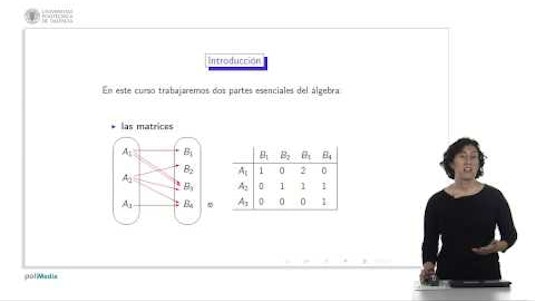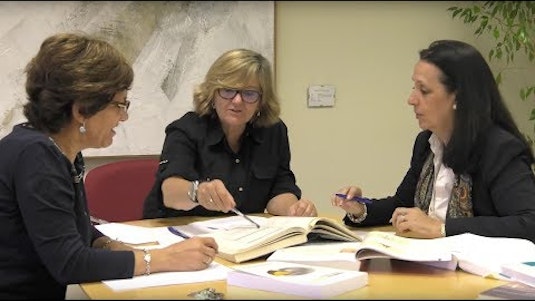
Moocable is learner-supported. When you buy through links on our site, we may earn an affiliate commission.
Description
This course is intended for students looking to create a solid algebraic foundation of fundamental mathematical concepts from which to take more advanced courses that use concepts from precalculus, calculus, probability, and statistics. This course will help solidify your computational methods, review algebraic formulas and properties, and apply these concepts model real world situations. This course is for any student who will use algebraic skills in future mathematics courses. Topics include: the real numbers, equalities, inequalities, polynomials, rational expressions and equations, graphs, relations and functions, radicals and exponents, and quadratic equations.
Tags
Syllabus
- Module 1: The Structure of Numbers
- Georg Cantor was a famous mathematician who formalized the notion of set theory, which had a profound impact on research and teaching. Sets and the relations between them for a basis for teaching the concept of the structure of Real numbers. Starting with the concept of a natural number, {1,2,3,...} the whole numbers, integers, rationals, and real numbers are developed, as well as operations defined on them. Properties of the real numbers are formalized and applied as well.
- Module 2: Linear Equations
- A linear relationship between two variables occurs when there is a constant increase or constant decrease in one variable with respect to the other. Linear equations have the property that any change in the independent variable results in a proportional change in the dependent variable. Many physical situations can be modelled using a linear relationship. When data is visualized on a scatterplot, we often are interested in the line of best fit or the regression line. Linear equations occur frequently in all mathematics and their applications in physics and engineering, partly because non-linear systems are often well approximated by linear equations.
- Module 3: Solving Inequalities
- The relative position of two points on a coordinate line is used to define an inequality relationship on the set of real numbers. We say that a is less than b, written a

Algebra: Elementary to Advanced - Equations & Inequalities
Affiliate notice
-
TypeOnline Courses
-
ProviderCoursera
This course is intended for students looking to create a solid algebraic foundation of fundamental mathematical concepts from which to take more advanced courses that use concepts from precalculus, calculus, probability, and statistics. This course will help solidify your computational methods, review algebraic formulas and properties, and apply these concepts model real world situations. This course is for any student who will use algebraic skills in future mathematics courses. Topics include: the real numbers, equalities, inequalities, polynomials, rational expressions and equations, graphs, relations and functions, radicals and exponents, and quadratic equations.
- Module 1: The Structure of Numbers
- Georg Cantor was a famous mathematician who formalized the notion of set theory, which had a profound impact on research and teaching. Sets and the relations between them for a basis for teaching the concept of the structure of Real numbers. Starting with the concept of a natural number, {1,2,3,...} the whole numbers, integers, rationals, and real numbers are developed, as well as operations defined on them. Properties of the real numbers are formalized and applied as well.
- Module 2: Linear Equations
- A linear relationship between two variables occurs when there is a constant increase or constant decrease in one variable with respect to the other. Linear equations have the property that any change in the independent variable results in a proportional change in the dependent variable. Many physical situations can be modelled using a linear relationship. When data is visualized on a scatterplot, we often are interested in the line of best fit or the regression line. Linear equations occur frequently in all mathematics and their applications in physics and engineering, partly because non-linear systems are often well approximated by linear equations.
- Module 3: Solving Inequalities
- The relative position of two points on a coordinate line is used to define an inequality relationship on the set of real numbers. We say that a is less than b, written a
Tags
Related Courses


Data analysis: hypothesis testing

Mathematical Methods for Data Analysis

Complex Analysis

Calculus I: From Functions to Differential Equations

Introduction to Linear Algebra

Bayesian Statistics: Time Series Analysis

Bases Matemáticas: Álgebra

Matemáticas y Estadística: entiéndelas, úsalas

Linear Regression in Python

Math Games for Elementary School

Financial Math for Actuaries: From Loans to Bonds to Immunization
Loading...
Saving...
Loading...

 Online Courses
Online Courses  Coursera
Coursera
